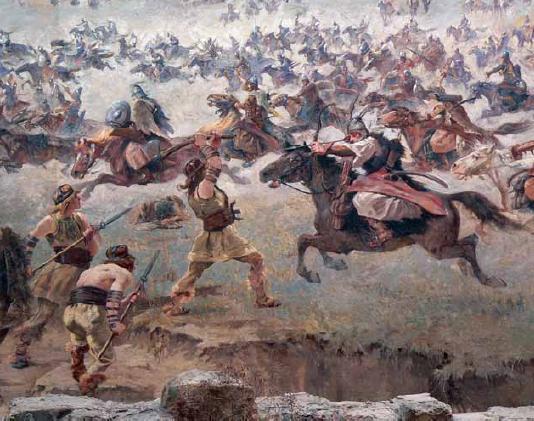1. THE RECONQUEST DURING THE 13th CENTURY: LAS NAVAS DE TOLOSA.
At the beggining of the 13th century Castile form an alliance with Aragon and Navarre to defeat the Almohads.The almohad army was destroyed in the battle of Las Navas de Tolosa and the muslims taifa never recovered. During the 13th century and the early 14th century, the Christian Kingdoms conquered all the muslims territories except the Nasrid Kingdom of Granada.
1. 1. Castille.
During the 13th century Castille crossed Sierra Morena and conquered the Guadiana and Guadalquivir Valleys, about 125.000 km2 in 30 years. The expansion was led by:- Ferdinand III conquered the Baja Extremadura and the Guadalquivir Valley.
- Alfonso X conquered Huelva and Cadiz.
- At the end of the 13th century, Tarifa was occupied to control the Strait of Gibraltar.
14th century.
The Nasrid Kingodm tried to recover the Strait of Gibraltar with the help of the Marinid Kingdom, but they were defeated by Alfonso XI in the Battle of Rio Salado (1340)The crisis of the 14h century stopped the expansion of the Christian Kingdoms.
1. 2. Aragon.
In the early 13th century, the king of France took the Occitanian territory from Aragon. The excuse was the persecution of the Albigensians and the aragones king Peter II was defeated and killed in Muret (1213)His son, James I the Conqueror continued the expansion to the south:
- 1229 he conquered Mallorca and Ibiza.
- 1238 Valencia and a part od Alicante.
- 1244, Teatry of Alzira, signed by James I and Alfonso X of Castille, which meant that Murcia remained part of Castille.
2. THE RESETTLEMENT.
The ressettlement of the territories occupied during the 13th century was different from before:- The occupation was carried out by nobles and the military orders that received in return vast expanses of land (latifundia).
- Many muslims stayed, keeping their religion and customs. They were called mudejars (mudejares).
2. 1. Military orders and latifundia.
The military orders were Christians societies of knights dedicated to war and prayer. They were led by a grand master. They were granted large plots of land (latifundia) with castles to protect them. This took place in the Jucar, Turia and Guadiana Valleys2. 2. Repartimientos.
A land grant (repartimiento) was a donation of land (including villages) to those who had participated in the conquets. The main beneficiaries were: the military orders, the nobility and the Church.A capitulation was a contract made by the new inhabitants that promise to respect the law, religion and propery of the Muslims (Mudejars) that had to lived in Muslim quartes (morerias). This took place in Extremadura, the Guadalquivir Valley, the Balearic Islands, Murcia and Valencia.
3. THE CROWN OF CASTILE.
After the unification of Leon and Castile in 1230, the Crown of Castile becme the largest kingdom in the Peninsula.3. 1. Goverment of the kingdom.
The goverment was composed of three institutions: the monarchy, the Cortes and the municipal councils.- the monarchs accumulated more power including tha ability to raise armies and collect taxes and new institutions helped them:
- the Treasury, to collect taxes.
- the Chancery, to organise the kingdom.
- the Audience, administration of justice.
- The Cortes of Leon were created in 1188, when the king allowed representatives of the cities to join the King's Council.
- Municipal councils controlled by the nobility (regidores), althought the monarchy appointed corregidores to exercise control.
3. 2. Economy.
Most people worked in agriculture:- cereals to feed themselves.
- gravepines and olive trees for export.
3. 3. Society.
In the 14th century, Castile had four million inhabitants. Was a estamental society and the main minorities were:- the jews lived in the societies and worked in trade and finance.
- the muslims worked in agriculture and lived in the Tajo Valley and Murcia.
3. 4. The Cortes.
The Cortes were metting of representatives of the three estates (the clergy, the nobility and the ordinary people), summoned by the king and that were held in different cities. The functions of the Cortes were:- to approve laws propossed by the king
- to raise taxes (subsidies) to cover his financial needs.
- to present complaints and request of the estates to the king.
4. TRANSHUMANCE.
Transhumance was the practice of moving livestock from one place of pasture to another. During the summer castilian farmers took their livestock to the pastures of the Cordillera Cantabrica or the Sistema Central to be fattened on the high pastures and regrow their wool, an in winter returned to the lowlands of Extremadura or Castile.4. 1. Transhumance an the Mesta.
King Alfonso X established the Mesta (1273) , an association that looked after the interest of livestosk farmers. Its aim was to avoid conflict between arable farmers and shepherds, as the sheep had to cross the lands od arable farmers twice a year, causing damage.The monarchs gave many privileges to the Mesta.
4. 2. The importance of wool trade.
The flocks of sheep belonged to the high nobility which exported it to textile mills in northern Europe.The wool for export was sent to Burgos, and from there travelled to the coastal villages of northern Santander (Hermandad de las Cuatro Villas) and was shipped to Flanders.
The export of raw wool was very atractive for the nobility but had negative consequences:
- hindered the developemnt of Castilian cloth manufacturing.
- obstructed the growth of the bourgeoisie.
4. 3. The castilian fairs.
The wool trade reactivated the comercial life of the Meseta Norte, and led to the creation of fairs and markets: Rioseco, Valladolid and Medina del Campo, among others.5. THE CROWN OF ARAGON.
5. 1. Goverment.
The Crown of Aragon was divided into several territories with each own institutions and laws. The goverment was based on pactismo: the king agreed to share the creation of laws with the Cortes and to respect the rights of the three estates (fueros). The main institutions were- the Cortes, one in each kingdom: granted subsidies to the king and passed laws.
- the viceroy, the king's representative in each kingdom.
- the Generalidad or Diputación del General, a permanent comission of the Cortes that defended the Fueros and enforced the decisions of the Cortes.
- the Chief o Justice of Aragon, who mediated in disputes between the king and the nobility.
5. 2. Economy and society.
- The most important economic activity was agriculture and livestock farming: Mediterranean trilogy, rice and vegetables.
- Artisanship: ironwork and manufacture of cloth.
- Trade.
5. 3. Mediterranean expansion.
In 200 years the Crown of Aragon expanded its territory across the Mediterranean Sea, thanks to the financial support of Catalan, Mallorcan and Valencia merchants:- Sicily (Sicilia) 1282.
- Athens and Neopatria (Atenas y Neopatria) in 1313
- Naples (Nápoles) in 1442.
6. THE KINGDOM OF NAVARRE.
6. 1. Several dinasties, only one fuero.
After the death of Sancho VII in 1234, Navarre was ruled by three dinasties of french origin: Blois, Capet and Evreux.The monarchs had to swear loyalty to the General Charter (Fuero General) which establised the rights and duties of the inhabitants of the kingdom.
The king ruled helped by:
- the Royal Council that was chosen by the king.
- the High Court in charge of justice.
- the General Auditing Office which controlled the the Royal Treasury.
District and social groups.
In the 13th century, Navarra had 150.000 inhabitants and was divided in four districts and a territory in modern day France: Ultrapuertos.The nobles based their wealth in land and livestock farming and Christians, Jews and Mudejars lived together.
Economy.
The main economic activites were:- livestock farming and vegetable farming in la Ribera Tuledana.
- Artisanship and trade in The Camino de Santiago.
Navarrese civil war: agramonteses and beaumonteses.
Chronology: 1451-1512.Causes:
- the death of the queen Blanche of Navarre in 1441started a sucessory conflict between her husband John II of Aragon and her son, Charles, prince of Viana.
- the rivalry between two groups of nobles which began in the 14th century:
- the agramonteses, they represented the Franco-Navarrese nobility and the farmers of the Pyrenees. They defended the livestock farming and supported John II.
- the beaumonteses. They represented the farming nobles of the Ribera. They supported Charles of Viana and later Castile.
7. CIVIL WARS IN CASTILE AND ARAGON.
The Late Middle Ages was a time of crisis for the Iberian Peninsula due to:- the Black Death.
- famine.
- economic crisis:
- reduction of mediterranean trade.
- smaller harvest.
- civil wars.
7. 1. Black Death and progroms.
After a series of bad harvests, the Black Death reached the Peninsula via the Mediterranean Sea, spreading quickly to the rest of the Peninsula. The consequences were:- many areas were abandoned.
- the lords demanded more lands from the king and increased peasants' taxes.
- Jews were blamed for the crisis an 1391 there mass killings of jews in various cities (progroms).
7. 2. Conflicts in the Crown of Aragon.
In the 15th century a new dinasty ruled Aragon, the Trastamara dinasty. In 1410, Ferdinand the Antequera was chosen to be king by the Compromise of CaspeThere were social conflicts due to the demografic and economic crisis:
- Peasant revolt. The peasants (remences) rose against the lords because of the increase of th rents and the feudal abuses (malos usos).
- In Barcelona, a conflict between the Busca (traders and artisans) and th Biga (nobles and bourgeoisie).
7. 3. Castile.
During the 14th century the castilian nobility tried to recover their privileges. The monarchy was controlled by the nobility and the favourites. The main conflicts were:- 1st castilian civil war (1366-1369. between:
- King Peter I that wanted to strengthen royal authority
- The hig nobility that supported Henry og Trastamara.
- 2nd castilian civil war (1475-1479) after the death of Henry IV between:
- his sister Isabella
- his daughter Joanna.
7. 4. The Irmandiño revolt.
A revolt of the farm laboures (irmandiños) against the feudal lords in 1467.8. CULTURE.
Three different cultures lived alongside in the Iberian Peninsula during the Middle Ages: Muslims, Christians and Jews. Their main contributions were:Jews.
The most important figures were:- Ibn Shaprut, a doctor in Cordoba during the 10th century.
- Maimonides, a thinker, physician and astronomer.
Muslims.
The most important contributions of the mudejars, the muslims living in the christian kingdoms were:- the mudejar art.
- the words of arabic origin.
- the main figuro was Averroes who recovered the ideas of Aristotles.


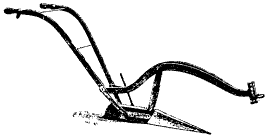
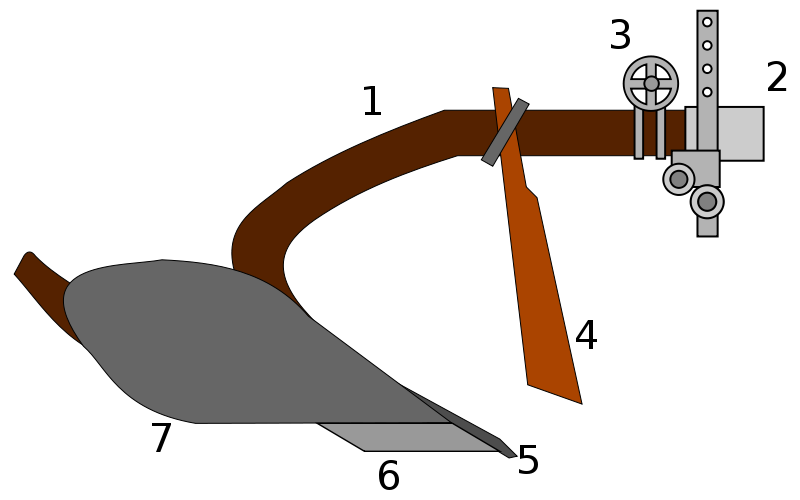


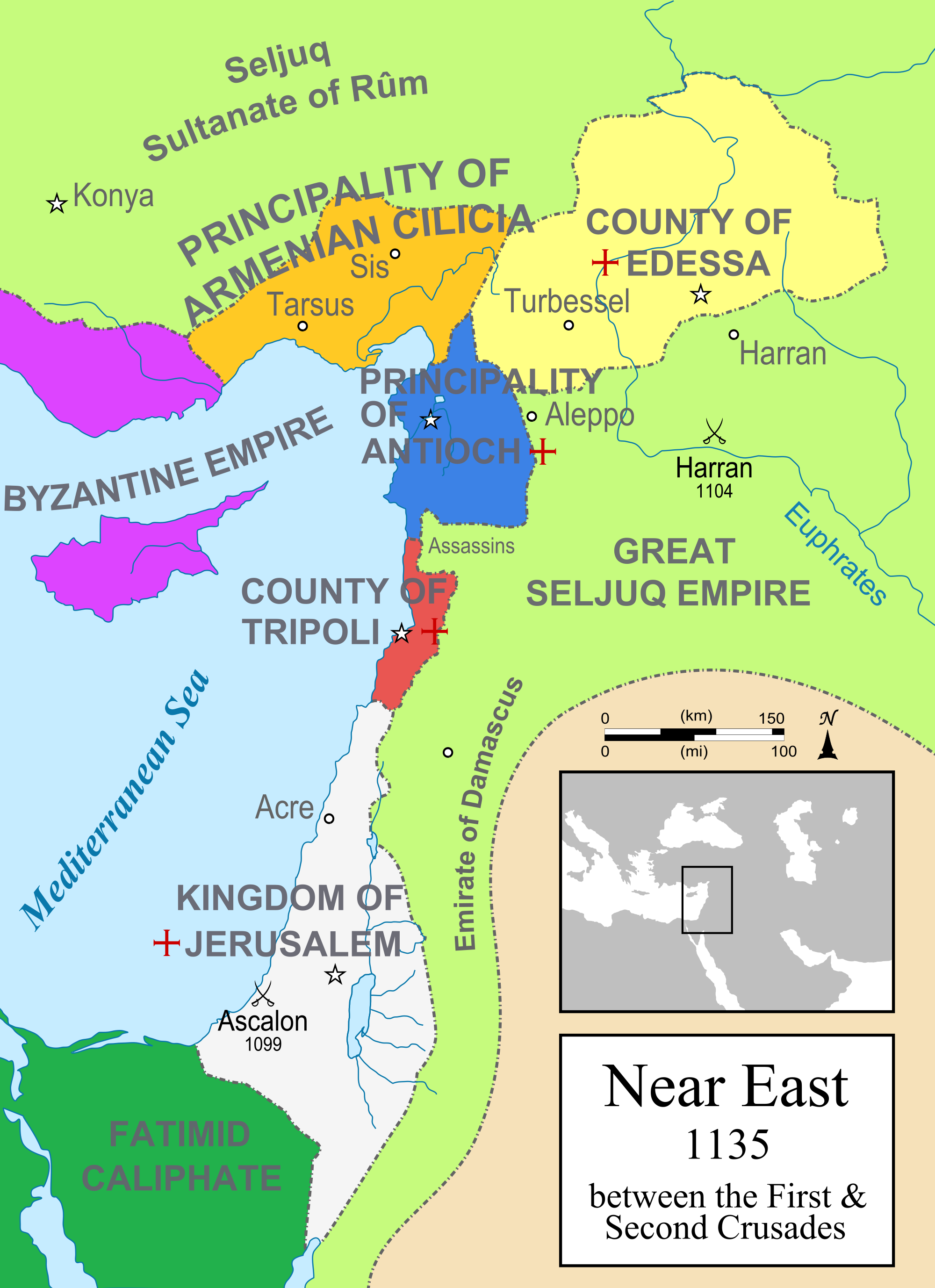








_2010-12-19_014_vertical.jpg)




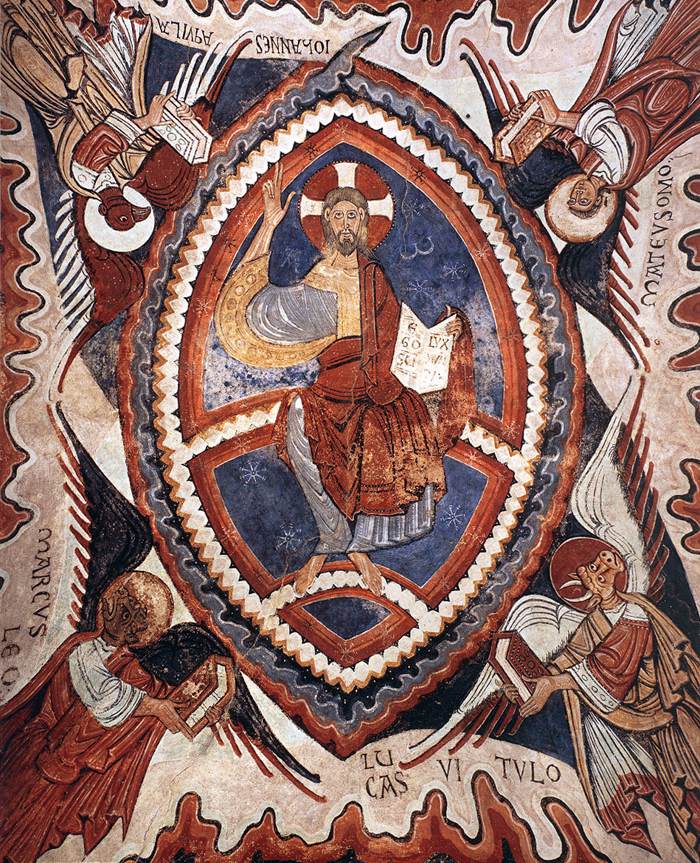



.jpg)


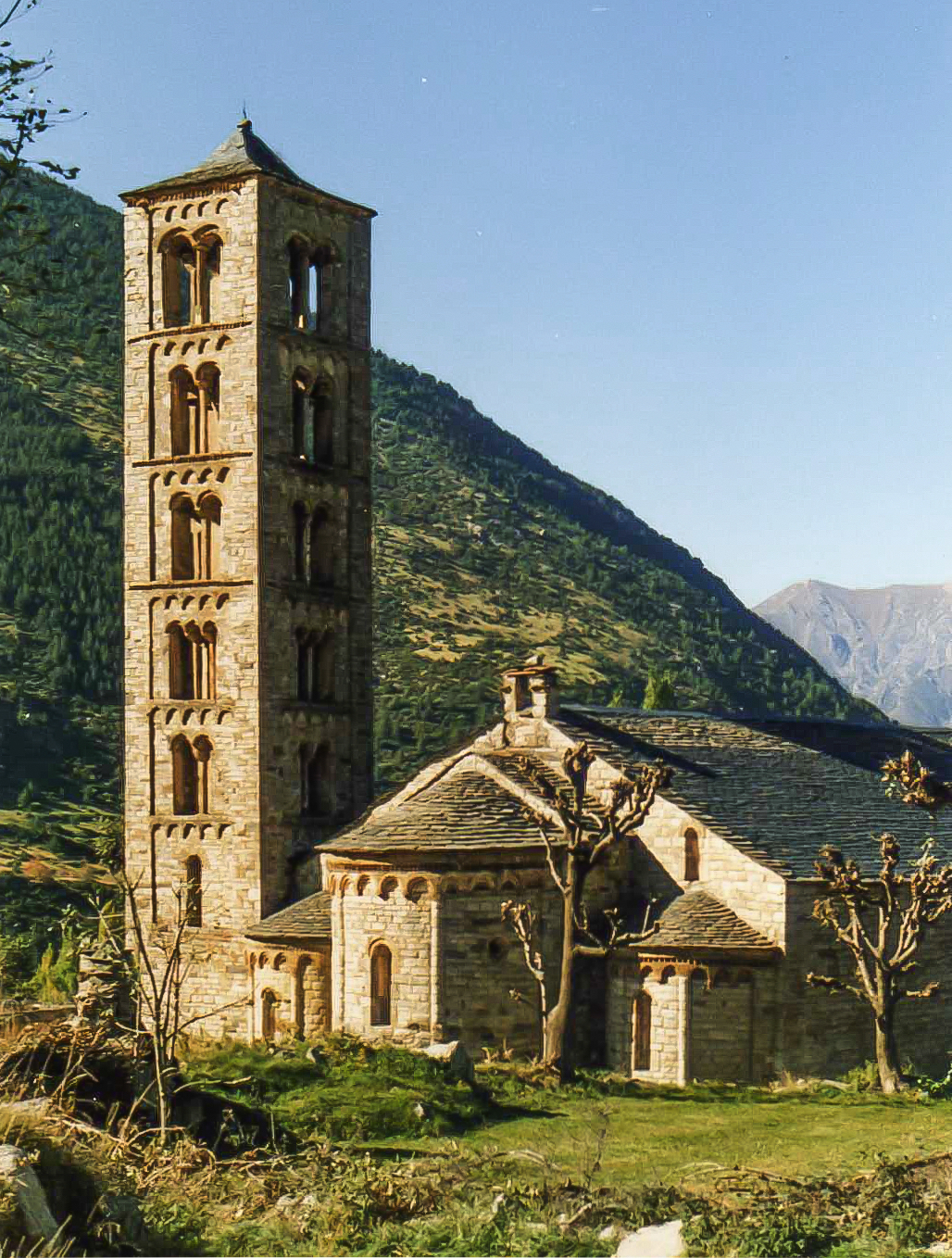






.jpg)





.jpg)


